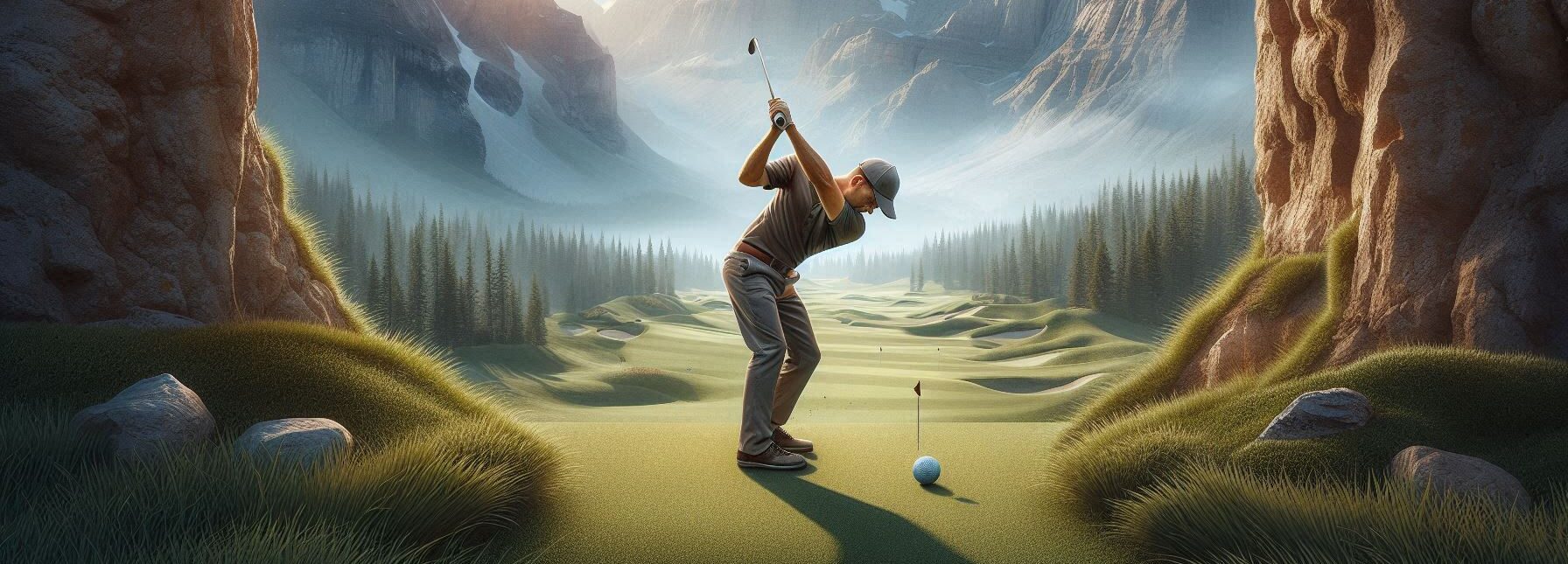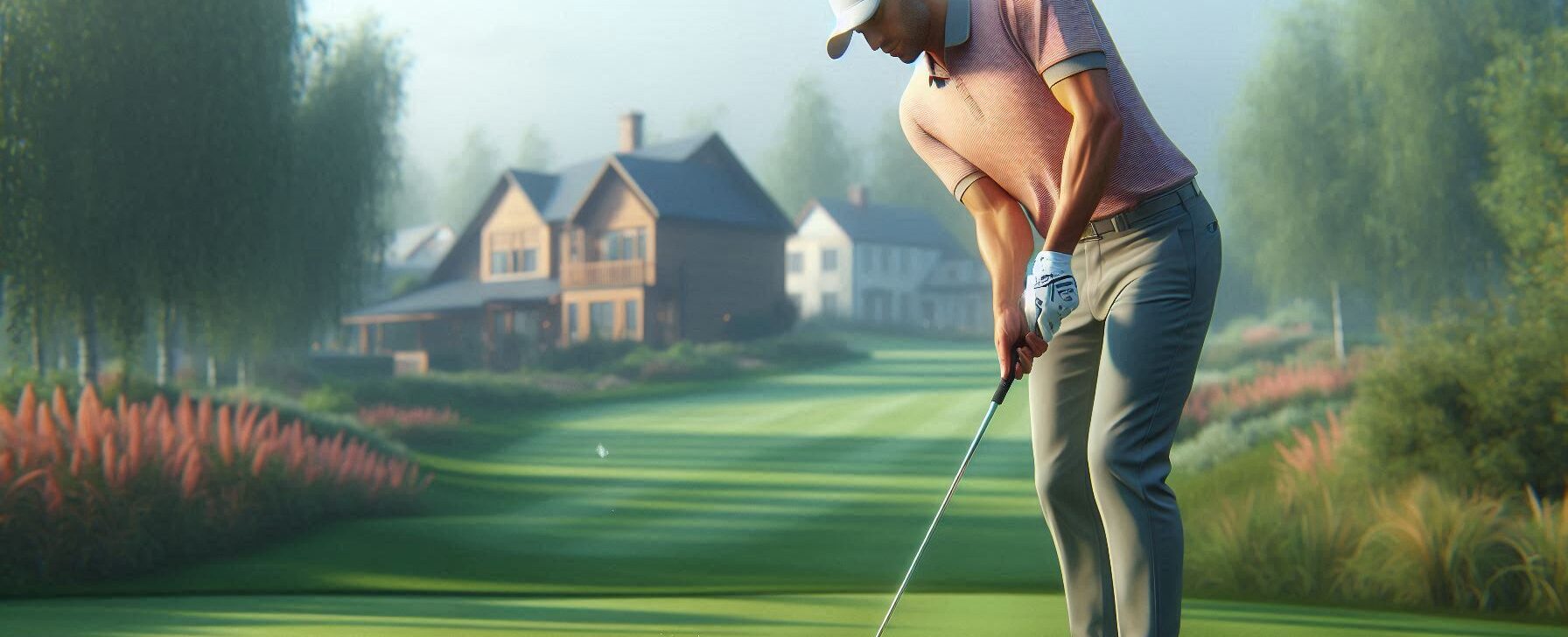Top Takeaways and Key Concepts
Please Note: This post may contain affiliate links. If you click one of them, we may receive a commission at no extra cost to you. As an Amazon Associate, I earn from qualifying purchases.
→ Identify the grass type before playing to adjust your swing, stance, and club choice.
→ Adjust your swing angle—steeper for thick grass, smoother for softer surfaces.
→ Select proper clubs with bounce suited for either firm or lush turf conditions.
→ Adapt mentally and physically to different grasses for consistent confidence and control.
→ Practice on varied surfaces to build versatility and better read each course’s challenges.
Summary of This Article
This article explains how understanding different golf grass types—like Bermuda, bentgrass, and zoysia—can transform your performance. It highlights how surface texture affects swing style, club choice, and shot control. By practicing on diverse turf and staying adaptable, golfers can improve consistency, confidence, and overall game awareness on any course.
Video Summary
Oh, golf. Isn't it a fun game? But the grass can really transform things! I recall when I first saw Bermuda grass. It really felt like trying to hit a ball off a trampoline while wearing roller skates. Just crazy.
Each kind of grass has its own individuality. There are soft, lush fairways that feel good underfoot, and then there are tough places that seem to grasp your club and not let you go. It sounds like each blade is saying, “Hey, slow down!”
Bermuda can be hard to work with because it's so thick and heavy. When you swing, it can feel like the ball doesn't want to go anywhere fast. And then there's bentgrass. Oh boy! That substance is as smooth as butter, but when it gets wet, it may get really slippery. If you swing too hard, you can end up in the sand trap instead of on the green.
And now let's talk about the weather in the winter. Some grasses stop growing and turn brown. Makes you think twice about the shots you take, doesn't it? Depending on the type of surface you're dealing with, you'll have to change how hard you hit or where you aim.
Being flexible is important! You can make better choices on the course if you know what to expect from the grass under your feet. I sometimes wonder about how much easier it would be if all the golf courses had the same sort of grass, like a global language for golfers. But then again, what fun would that be?
Next time you're outside playing and see different kinds of grass, take a moment to appreciate how they are different. They all bring something unique to the game. It keeps things interesting and makes us want to do better at what we do!
No matter what kind of grass you're on, remember that every swing counts! Keep practicing and have fun while you're out there. It truly does make a difference in your game!
Understanding Grass Types
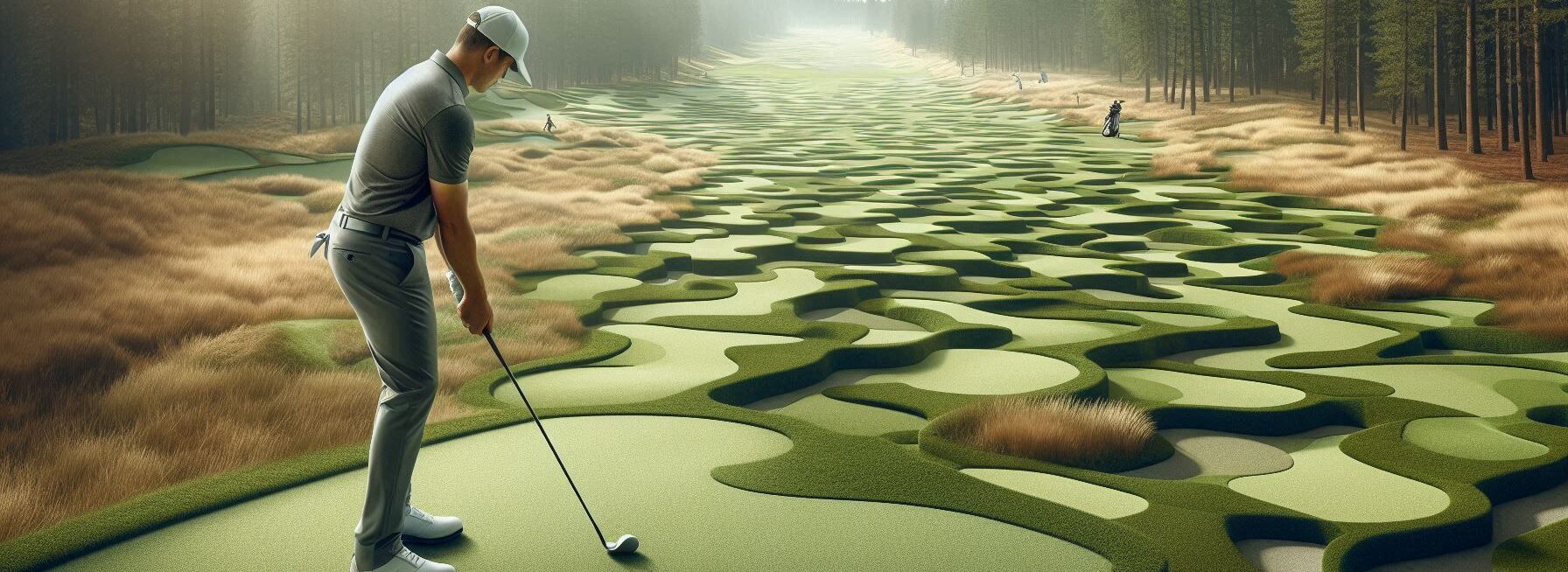
Hey, have you ever really looked at the greens? Not all of them are the same, you know. There’s Bermuda, bentgrass, zoysia, and even that sneaky poa annua. Each one has its own little quirks. It’s wild how much they can change your game!
Bermuda grass is like that friend who loves the sun—thrives in warm places and gets super thick. When your ball lands on it, sometimes it feels like it's sinking a bit. You swing and think it’ll roll out nicely, but nope! It just sits there like it’s taking a nap. Frustrating, right? But hey, knowing this helps you adjust your shots.
Then there’s bentgrass. Oh man, if you’ve played on this stuff, you know what I mean. It's usually found in cooler areas and gives you this smooth putting surface that feels like gliding over butter. Seriously! You putt and feel like a pro for a second until you realize your aim was off.
Zoysia is another character—it likes to take its time growing but rewards you with a nice cushiony feel underfoot when it finally does. And then there's poa annua—sneaky little guy pops up unexpectedly and can be super unpredictable. One minute you're putting smoothly; next thing you know, it’s all bumpy!
Understanding these grasses can really save your game from surprises during a round. Imagine lining up for that big putt only to realize the green isn’t what you thought! Yikes! Knowing what type of grass you're on makes such a difference in how hard or soft to hit.
So the next time you're out on the course with buddies or just enjoying some peace and quiet, pay attention to those greens. Every type tells a different story about what will happen to your ball when it lands there.
When you think about it, it's kind of nice that each blade of grass lends its own touch to the game we love so much! Keep practicing and stay interested in everything around you!
Adjusting Your Swing for Different Grasses
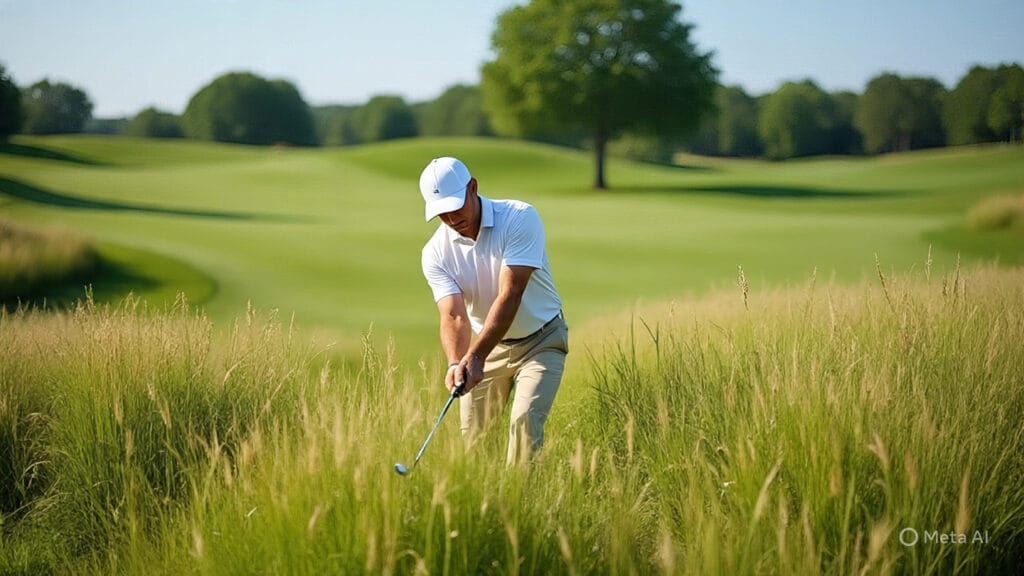
Let's talk about how to change your swing. It truly does matter, especially with different kinds of grass. Things shift a little when you're on Bermuda grass. Do you know how thick and heavy that material is? It's like attempting to swing through a lot of pillows! You want to hit the ball at a sharper angle, then. This stops your club from getting stuck in the grass. Nobody wants to have that embarrassing moment when a patch of grass swallows up your clubface, do they?
It can be really awkward! You swing, and whoosh! Your club disappears into the green like it's playing hide-and-seek. Not at all fun.
Now, bentgrass is a whole new ball game. It's easier on the body and gentler. You may take it easy here. A shallower swing path works better because the grass won't grab your club as much. Instead of digging in firmly like you're planting potatoes (which I've done before), you'll be making more sweeping motions. It feels pleasant and silky!
Getting this right makes a big difference in how well you hit the ball. Better contact means better shots all around! Just think how great it would be to hit that sweet spot every time.
So, the next time you're on the course, keep these ideas in mind about your swing and the grass under your feet. It may appear minor, but it can make a huge difference in your game! Keep working on those swings; eventually everything will come together!
The Impact on Putting
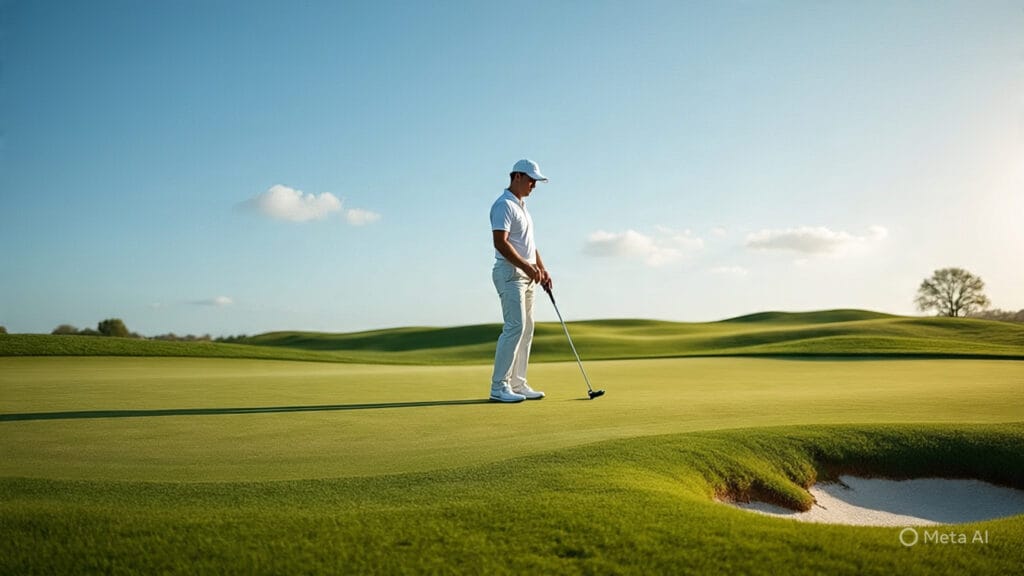
Putting can really feel like a tricky game, right? It’s like walking through a minefield when you step onto the green. Each type of grass is different and can surprise you. Bermuda greens? Oh boy, they’re fast and firm! You’ll need to adjust your speed control big time.
I remember this one tournament where I totally underestimated those slick Bermuda greens. Seriously, it felt like someone had coated them with baby oil! My ball just kept rolling past the hole over and over again. So frustrating! Every putt turned into an adventure, but not the fun kind. More like a “how did that happen?” kind of moment.
And then there’s zoysia grass, which is slower and more forgiving. You can take your time with those putts without worrying about the ball zooming past like it’s in a race. What a relief!
Practicing how to read greens before stepping onto unfamiliar turf is key. Just trust me on this one—it could save you from some serious embarrassment (and maybe even some tantrums). You don’t want to be that golfer yelling at their ball because it won’t listen!
So next time you're out there, give yourself a little extra practice on those greens. Get to know how each type feels under your feet and how they react when you putt. You'll thank yourself later when you sink that perfect shot instead of watching your ball roll away!
Choosing the Right Equipment
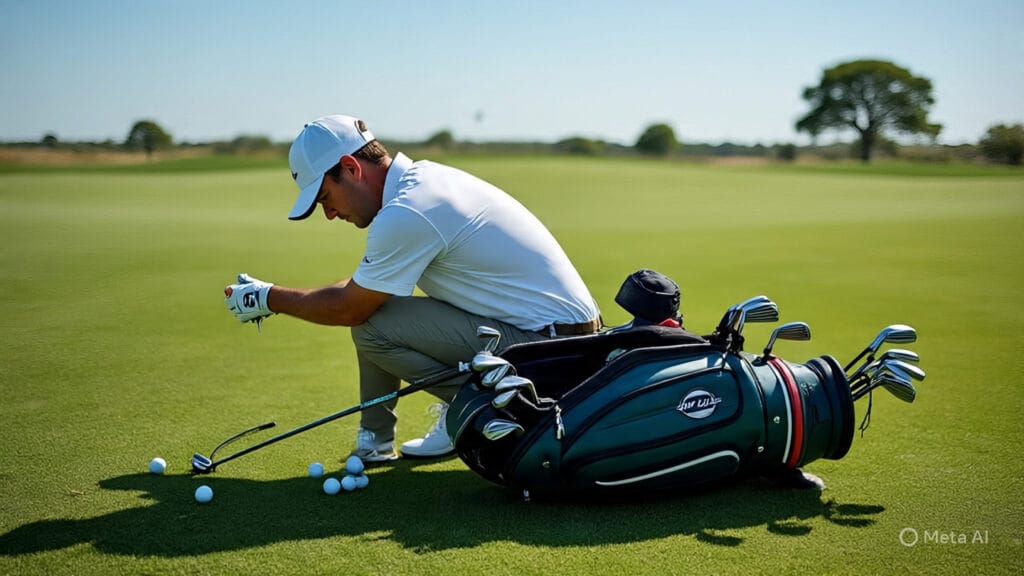
You know, the perfect golf clubs can really affect how you play the game. When you think about it, it's rather crazy! If you play on softer grass like zoysia or bentgrass, it's a good idea to use wedges with larger bounce angles. They help keep your club from going too deep into the grass. Believe me, no one wants to be the golfer that gets stuck in the grass like they're trying to grow flowers!
But if you're playing on Bermuda's hard fairways or greens, you should use clubs with less bounce. They let you hit the ball cleanly without getting stuck in all those annoying blades of grass. It's like skimming over instead of fighting through.
I've had my fair share of frustrating times out there, like when I used the wrong club and felt like I was fighting with my gear. Not pleasant at all! It's such a big deal to have the right clothes for the weather. You feel better about swinging since you don't have to worry about what might happen next.
Finding what works for you and your style is the key. That precise wedge can make a hard shot easier to handle. And we all want to feel like we made a nice putt or hit a good approach shot, don't we? So, before you go out to play, consider about your clubs and how they work with the turf. You'll have a lot more fun playing!
Mental Preparation for Grass Changes

It's interesting how much what we think affects golf. It's not enough to just hit the ball. Things can look different just before you hit the ball. That can be pretty hard to get! It's quite helpful to know what's going on here.
Think about your shots before you go out to play on a field you don't know. Think about how awesome it would be to hit those great swings on all the different types of grass you'll be playing on. Thinking about what you want to do can undoubtedly help. It's like working out your head before you even start.
I've visited there before and was bewildered because the grass looked funny or the wind was acting strangely. I really get how you feel. You might do things that you can't control when you have a lot of doubts. A tranquil mind? That's awesome!
When you're calm and focused, it will be easier to find those sweet spots. You can play so much better when you just take a deep breath and let go. You will feel more in control instead of letting confusion take over.
So, the next time you get ready to play, remember that it's not just the clubs and the grass. Your thoughts are also very essential! Stop what you're doing and think about how to be successful. You'll be glad you did when you make every putt and enjoy every swing!
Learning from Experience
You know, golf really teaches us a lot just letting us play. Isn't it like living? We get better at handling whatever comes our way the more we play on different courses and in diverse weather. Every swing matters, whether you're on a fancy course or just a park in your neighborhood.
If you find yourself on new grass or rocky terrain, don't worry. Feel that way! It's all part of the enjoyment. Every problem is like a little journey that you can take. Curiosity may turn rage into excitement.
I recall the first time I played on those crazy greens; it all felt strange! I stopped being mad and started thinking of it as a puzzle to solve. Every putt was a chance to learn something new. That way of thinking makes the game a lot more fun.
Every time you play with friends or tough opponents, you can learn and get better at golf and in life. Obstacles can help you become the best version of yourself if you allow them. So, the next time you step on grass you don't know, take a deep breath and leap in! You could learn some extremely interesting things about yourself and your game.
Featured Snippet: Understanding different grass types in golf—like Bermuda, bentgrass, and zoysia—helps you adjust your swing, club choice, and mindset. Each surface reacts differently, so adapting your technique improves control, consistency, and shot accuracy. Mastering turf awareness can elevate your performance on every course and in all playing conditions.
Frequently Asked Questions
Why does grass type matter in golf?
Grass type affects ball behavior, traction, and how your club interacts with the ground. Adjusting for these differences improves accuracy and consistency.
How should I adjust my swing for Bermuda grass?
Use a steeper swing angle to cut through Bermuda’s dense texture and avoid getting the club stuck in the turf.
What’s the best approach for playing on bentgrass?
Bentgrass is smooth and forgiving, so use a shallower, more sweeping swing for clean, effortless contact.
How does grass affect putting speed?
Fast, firm grasses like Bermuda require lighter strokes, while slower surfaces like zoysia allow for stronger, controlled putts.
What clubs work best on different turf types?
Clubs with higher bounce are ideal for soft grass like bentgrass, while lower-bounce wedges work better on firm surfaces like Bermuda.
How can weather influence grass performance?
Moisture or cold can slow grass growth and alter ball roll. Adjust your aim and swing power based on seasonal turf conditions.
What’s the best way to adapt to new course conditions?
Practice on varied surfaces, observe how each grass reacts, and mentally prepare to adjust your stance, tempo, and shot strategy accordingly.
Suggested Resources:
How Different Grass Types Affect Your Golf Game
https://www.golf.com/instruction/2020/06/30/different-grass-types-golf/
The Best Tips for Putting on Different Greens
https://www.golfdigest.com/story/tips-for-putting-on-different-greens
Understanding Golf Course Conditions
https://www.pga.com/news/golf-buzz/understanding-golf-course-conditions

Kevin Collier is an avid golfer and contributing author at AIGolfTips.com, where he shares his passion for the game through expert tips, techniques, and gear reviews. With years of experience on the course, Kevin offers valuable insights for golfers of all skill levels, helping them improve their game and maximize their potential. Whether discussing swing mechanics or the latest in golf technology, Kevin's engaging approach aims to inspire and educate fellow golf enthusiasts to elevate their performance and enjoy every moment on the green.



